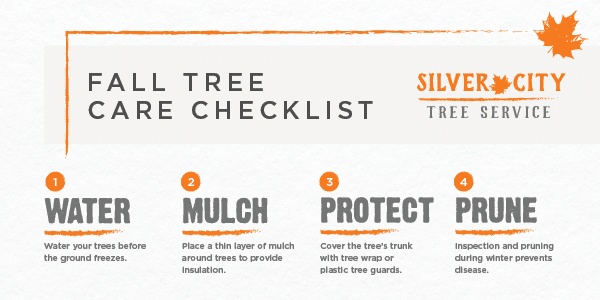Safeguarding Your Landscape: Replanting After Tree Removal
Safeguarding Your Landscape: Replanting After Tree Removal
Blog Article
Material Writer-Goldstein Thomassen
Tree removal can leave a gap in your landscape that needs filling. You can grow something new because space, however it takes additional treatment and focus at the beginning to aid it prosper.
The dirt in that location will certainly keep changing gradually as microorganisms break down the old roots. That can impact the nutrient balance and physical area for brand-new growth.
Dirt
The dirt in a plot where a tree has actually been gotten rid of is most likely to be very different from the remainder of your garden or lawn. https://www.dwell.com/article/6-backyard-landscape-designs-that-need-minimal-maintenance-220ece7a of the old tree and the stump will have changed the dirt, getting rid of some nutrients and perhaps crowding out various other plants. Furthermore, if the previous tree was unhealthy, the transmittable agent might still remain in the ground.
The presence of roots fosters an abundant and varied neighborhood of soil microorganisms that enhances necessary procedures like nutrition cycling and raw material decay. Without these bacteria, the displaced soil can become less fertile and nutrient-depleted, with a negative influence on plant development.
Before replanting, the soil should be eliminated of particles and natural material (such as wood chips from stump grinding). You may desire to mix in potting soil or indigenous dust with this compost to give your brand-new growing with an atmosphere that is well balanced and full of nutrients.
Water
Tree origins take in large quantities of water from the dirt. This process likewise includes nutrients back to the dirt, specifically nitrogen, which is necessary for brand-new trees and plants. However, old dirt can be depleted of these essential minerals as a result of the worn out origins and stump from a removed tree.
This is why it is very important to have a prepare for the future of your landscape. Ideally, the very best time to plant is when you have a fresh start.
Whether you're growing grass or blossoms, make certain to use a soaker hose to prevent overwatering your new landscaping. If the location was a garden, see to it to cover the dirt with natural mulch to assist maintain wetness in the soil, manage dirt temperature levels and reduce weeds. This additionally offers a layer of defense for young plants and advertises worm task. After that, consistently replenish the mulch to continue improving the dirt nutrient thickness and microbial life. This is known as dirt reconstruction.
Light
Trees are a fantastic addition to any kind of landscape, providing color, aesthetic pulchritude, and lots of other advantages. However, occasionally trees become undesirable because of a range of reasons, consisting of disease, parasite problems and all-natural aging.
In such situations, it might be necessary to remove a tree. It is necessary to take into consideration the worth of a particular tree in your landscaping and take the appropriate actions to make sure that the elimination is done securely and successfully.
During the late summer season, it's a suitable time to do upkeep and evaluations on existing trees. Try to find indicators of condition, insect problems, or structural damage, as well as any potential hazards such as damaged or leaning trees.
Before starting any building tasks, make sure to protect the root areas of existing trees by preventing dirt compaction and rating around them. Raw material, as it breaks down, can generate noxious gases that are harmful to the roots of a tree. It's additionally a good idea to mulch the area around a tree after building and construction has finished to conserve moisture and subdue weed growth.
https://tree-roots-house-foundati73840.onzeblog.com/29324306/indications-it-s-time-to-get-rid-of-a-tree-a-house-owner-s-guide are important to a landscape for their aesthetic allure, however they also play an important duty in the local community by supplying color and windbreaks. They sustain wildlife environments and lower the quantity of co2 airborne, which can add to international warming. This is why it is a good idea to replant trees after removing one from the building.
When replanting a new tree in the area of a previous stump, the soil might not have sufficient nutrients to sustain it. It is best to wait for a year before planting to make sure that the soil will certainly be rich in nutrients.
To guarantee that replanted trees thrive, it is important to offer them with appropriate treatment. A layer of compost will keep dirt dampness from evaporating, control dirt temperature level, and aid subdue weeds. Organic compost is the recommended choice due to the fact that it enhances dirt fertility. Recurring fertilizing and bug control are additionally crucial for replanted trees.